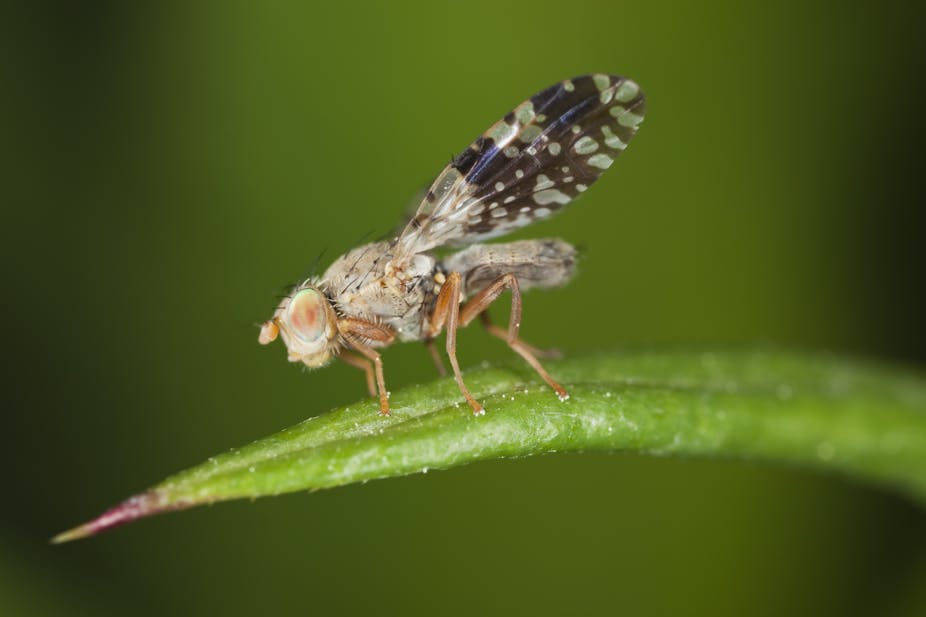Researchers have mapped the genes that control pain perception in fruit flies, mice, and potentially humans.
The map consists of gene pathways that help flies and mice sense pain and set pain thresholds. There are 580 genes in the fly genome associated with pain, and 400 in mammals.
“We did a big functional pain map in flies looking for their pain sensitivities, then we took that and converted it into mammalian genes,” lead author Greg Neely said.
“Basically, when we removed this pathway – known as phospholipid signalling – flies and mice became hypersensitive to pain,” he said.
Humans were not tested in the study, but Neely, a senior research fellow at the Garvan Institute for Medical Research, said the findings had implications for the development of new drugs to treat chronic pain.
“With that network map we can pinpoint pathways that are regulating pain and we can predict new drugs,” he said
“We’ve confirmed that in mice and we’re taking it to humans.”
The gene networks are so similar across flies and mice because the ability to detect pain is central to the evolution of any species. This means adapting the map to apply to humans is not difficult.
“Basically, pain perception is an essential process, he said. "The genes that regulate the most essential parts of a multi-cellular organism end up being conserved.”
“If you deviated evolutionarily, then you would lose the ability to sense pain and the animal can’t survive.”
“Nature’s not reinventing the wheel; it’s using the same wheel and building on it.”
Researchers will use this information to test for new painkilling drugs in both mice and humans. Neely said these new drugs will target chronic pain that is often untreatable.
“About 20% of the population suffers from chronic pain, and morphine doesn’t work for them any more.”
“There’s currently only one treatment for chronic pain, and only about 25% of people respond to that.”
“If you have diabetes or cancer, for example, or if you have an injury or amputation, most diseases have untreatable pain as a side symptom.”
Pain specialist Michael Vagg said the findings would have wide-reaching effects in the field of pain management.
“This paves the way for exploration of several new targets for analgesic drugs or interventions such as gene therapy to help people with persistent pain,” he said.
“This is the type of study that has to be driven by big thinking and takes time, patience and technological grunt to pull off.”
“This type of basic science can have downstream effects we can’t yet predict, so it’s very exciting to speculate over where it might lead to.”
The results of the study are published in PLOS Genetics today.

